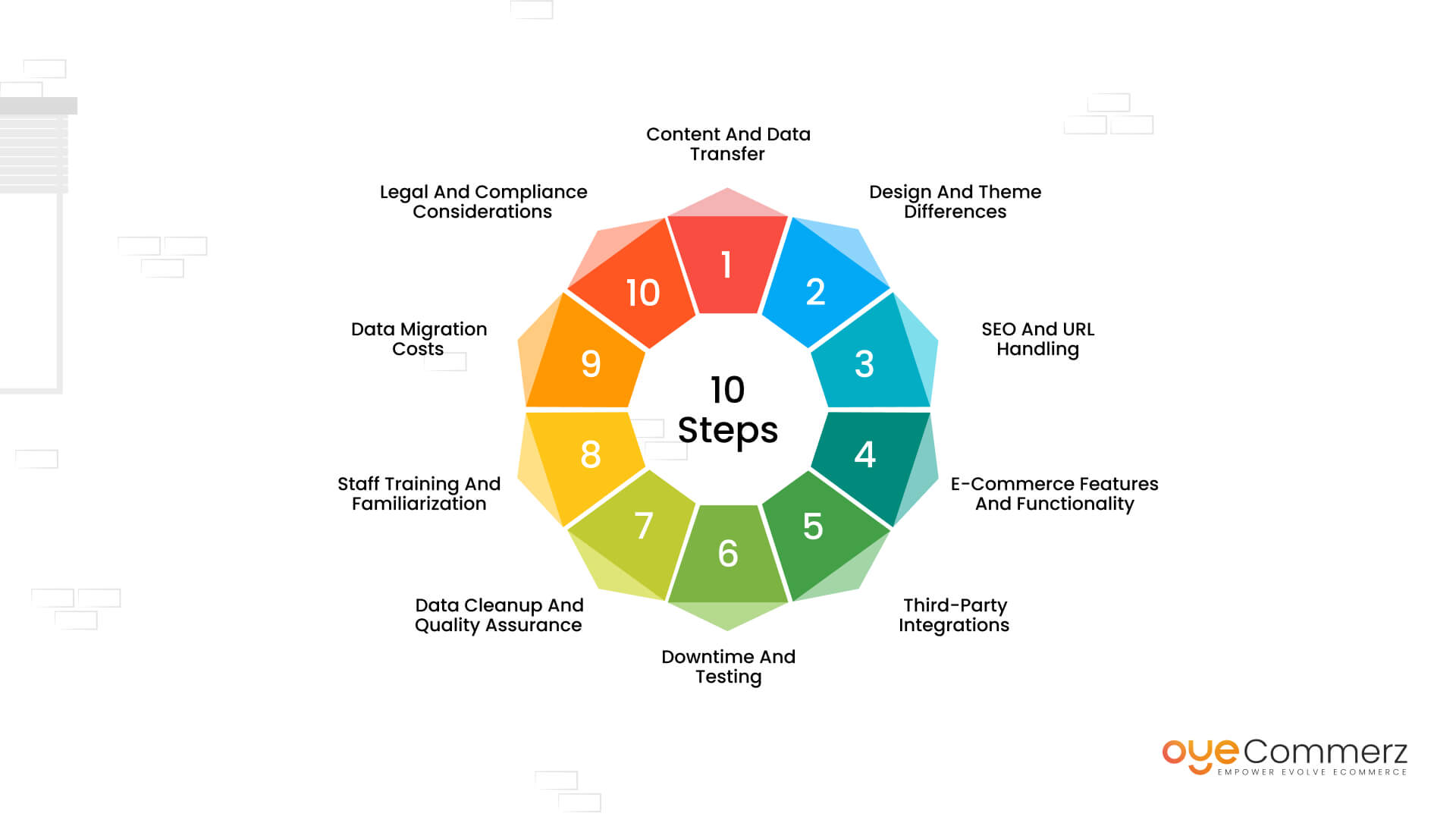Shifting from WP to Shopify is an exciting step in streamlining your online store processes. As companies grow, selecting a platform that supports scalability, UX, and customization becomes crucial. Shopify is widely recognized as a favorite for online merchants, offering unmatched flexibility, security, and user-friendliness. In this guide, we will delve into why this migration is a game-changer, discuss the advantages, and share actionable steps to facilitate a seamless transition.
1. Top Reasons to Transition from WP to Shopify
The combination of WordPress and WooCommerce, continues to support countless e-commerce platforms. However, as businesses expand, issues like plugin dependency, security vulnerabilities, and complex setups often obstruct progress. Shopify, specifically created for digital retail, eliminates these concerns with an comprehensive, user-friendly platform. Real data supports this shift—Shopify powers over 4.4 million websites globally, with a documented 10% increase in sales conversion rates for many businesses after migration.
2. Shopify's Perks for Thriving Online Stores
Shopify’s powerful platform is tailored for scaling brands. Its notable benefits include:
- Effortless Design Flexibility: Shopify offers over 80 expertly crafted themes.
- Built-in Features: Capabilities such as Shopify Payments and integrated SEO streamline operations.
- Global Reach: Currency versatility and regional customization empower brands to reach global markets.
Additionally, Shopify boasts an uptime rate of 99.98%, ensuring your website remains accessible.
3. Preparing for WP to Shopify Migration
Prior to starting the migration process, evaluate your existing setup. Analyze product data, client information, and search engine rankings. Tools like Shopify’s Migration Kit or third-party solutions can simplify this process. Create a comprehensive plan, making sure all resources—item details, images, and blog content—are ready for seamless import.
4. Data Migration: A Critical Step
Data migration forms the foundation for a smooth platform switch. When moving from WordPress to Shopify, focus on:
- Inventory Details: SKU, item summaries, and groupings.
- Client Information: Emails, purchase records, and preferences.
- Search Engine Considerations: Retain meta tags, URLs, and redirects to maintain search rankings.
Use tools such as LitExtension to streamline data transfer while minimizing errors.
5. Customizing Your Shopify Store
After the move, personalizing your Shopify store helps it aligns with your brand. Take advantage of Shopify’s intuitive page builder to create layouts with ease. Shopify's templates are optimized for all devices, ensuring a seamless UX across devices—a key point, given 74% of e-commerce traffic comes from mobile users.
6. How to Protect Your SEO Rankings When Switching Platforms
SEO is vital for maintaining your E-commerce re-platforming visibility Smooth transition to Shopify during migration. Shopify excels in SEO with organized link formatting, built-in optimization tools, and seamless blog integration. Make sure you:
- Set up URL forwarding for existing links.
- Enhance updated content with targeted phrases.
- Use Shopify's apps Plug in SEO to track analytics post-migration.
7. Essential Tests After Migrating to Shopify
Once the migration is complete, conduct thorough testing.
Review:- Page load times (Shopify boasts faster speeds compared to WordPress).
- Functionality of payment gateways and transaction flow.
- Adaptability across devices.
Testing guarantees your store provides a seamless shopping journey from day one.
8. Case Study of a Successful Migration
One such migration success story is Gymshark, a sportswear company that transitioned to Shopify. Post-migration, the company saw a 60% boost in mobile sales and significantly lowered site downtime. This highlights the potential of Shopify in enhancing online business success.
9. Challenges and Solutions
Migration comes with challenges, such as data integrity and reconfiguring custom functionalities. However, Shopify’s extensive assistance and third-party experts simplify the process. Partnering with experienced Shopify developers ensures a smooth transition.
10. Making the Switch: The First Step Toward Success
Migrating from WordPress to Shopify marks a forward-thinking decision to e-commerce. By focusing on growth, streamlining operations, and enhancing the customer experience, Shopify enables companies to thrive in challenging industries.
Conclusion
Switching from WordPress to Shopify is a strategic move that can greatly enhance your online business performance. With a well-structured strategy, the appropriate resources, and expert support, you can achieve new growth opportunities.
Ready to make the leap? Reach out today to learn how our Shopify migration services can revolutionize your online store. Contact us now, or ask yourself: Can your business afford to miss out on Shopify’s growth potential?

Comments on “Seamless WordPress to Shopify Migration: A Comprehensive Roadmap for E-commerce Growth”